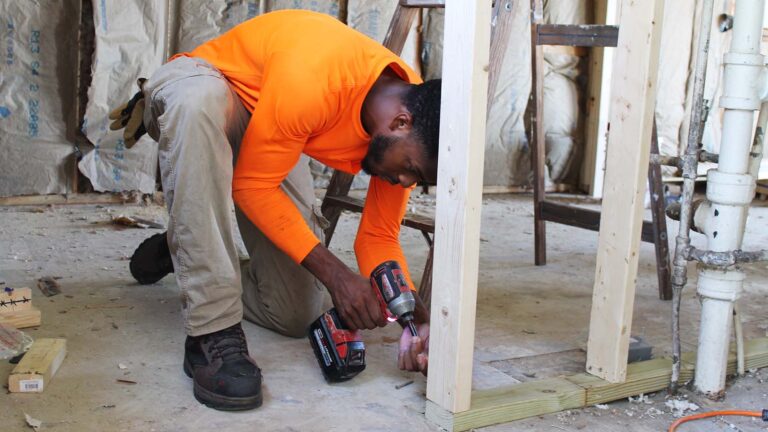CHAMPAIGN — Cities across the United States saw a spike in violence during the COVID-19 pandemic. The Biden administration encouraged cities to turn to one-time, relief dollars for help.
While Champaign signed contracts with grassroots, violence prevention groups, many places instead invested in traditional policing – even when they reported spending the money on alternatives.
Amanda Kass is an assistant professor at the School of Public Service at DePaul University in Chicago. Philip Rocco teaches political science at Marquette in Wisconsin. The two are sifting through the relief spending of thousands of local and state governments.
Illinois Newsroom’s Emily Hays spoke with Kass and Rocco about what they have found so far. She began by asking why these American Rescue Plan dollars matter.
ROCCO: It delivered this unprecedented level of funding to state and local governments. Local governments, especially, may have not seen this level of funding since about 1986. This is just an extraordinary amount of money.
HAYS: Are there patterns you’re seeing in how communities are using this money for gun violence interventions?
ROCCO: As a share of their total obligations, at the end of the first quarter of 2022, local governments spent less than a percent of those obligations on community violence interventions. So the bigger pattern that we are seeing is that state, local governments expended the largest chunk of their State Local Fiscal Recovery Fund in ways that were the least administratively burdensome. So the largest category for both state and local governments, I think, is still revenue replacement — just replacing lost revenues.
HAYS: Because that’s easier than setting up a whole new program? Within that one percent, what kinds of projects are cities and states spending money on?
ROCCO: State and local governments appear to have some difficulty with classifying spending as community violence interventions. There’s no definition of that category. There are certainly examples of projects in there that do not meet the agreed-upon definition of community violence interventions. For example, 18 percent of the funding state and local governments identified as going to community violence interventions as of the end of 2021 – 18 percent of that is going to traditional policing.
HAYS: Okay, that is very helpful to know.
KASS: And more specifically is going to hiring police officers, equipment like vehicles, as well as technology like shot spotters and body cameras.
ROCCO: I should emphasize, we do not believe based on our evidence that this is deliberate misreporting. That might exist. We don’t know — we can’t say for sure. It seems far more evident that this is a result of the classification system itself, the lack of a clear definition of CVI and maybe in some cases, governments just not knowing where to slot some money that they’re spending on public safety. At any rate, our classification analysis further emphasizes the point that a very small amount of money, formally speaking, is being attached to these CVI projects.
KASS: It reflects that … at the federal level, the Biden administration has said gun violence is a public health issue that’s gotten worse during the pandemic. And it’s encouraged state local governments to use money to address gun violence. But even in the Biden administration statements, they haven’t said to use the money to address gun gun violence in only one way. They said in announcements and speeches to use the money to hire more police officers and implement violence prevention programs, like summer youth programs. I think it reflects, in some part, that the Biden administration is framing addressing gun violence in a very wide way.
HAYS: Do you think that there is a different approach now to addressing gun violence to, you know, the period that kind of started, you know, mass incarceration in the 80s and 90s? Is it a different approach in the spending? Or we don’t know yet?
KASS: I think we don’t. That’s kind of outside our areas of expertise. I think that’s a really good question. I think that’s a conversation we hope to get into with our research.
Emily Hays is a reporter for Illinois Public Media. Follow her on Twitter @amihatt.

